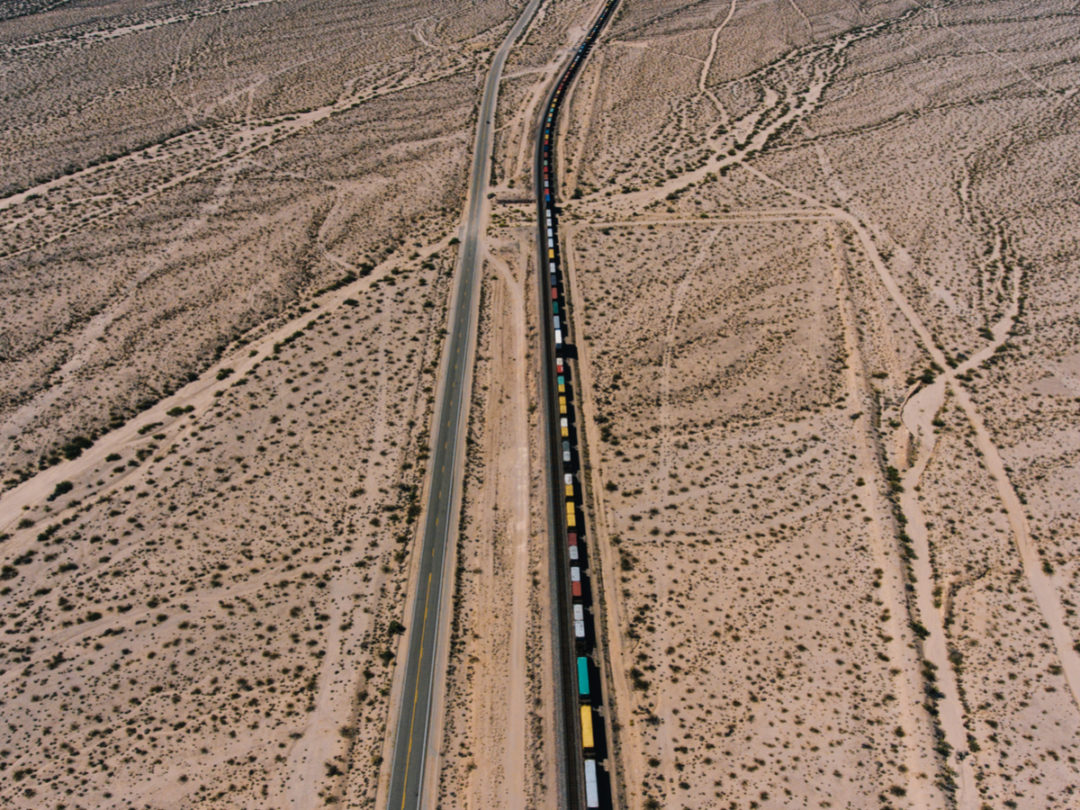
Each day, more than $1.7 billion in goods cross the border from Mexico into the U.S., with more than 70% of that freight traveling by truck. For businesses on both sides of the border, getting their goods from point A to B is often a complex, confusing and expensive process.
Cross-border shipping comes with its own set of rules and restrictions, leaving even sophisticated shippers scratching their heads when it comes to this corner of the industry. It takes dedicated expertise to understand and comply with fast-changing best practices, something many businesses don’t have as they juggle multiple supply-chain priorities. Without that expertise, however, they can face spiraling costs, freight delays, and other hurdles that can compromise profitability and competitiveness.
Does your business have the right knowledge and resources to manage cross-border shipping effectively? Following is a checklist of five critical questions to ask before booking your next cross-border load.
Has my forwarding agency completed all the appropriate paperwork on time? It’s tough to overstate the importance of proper documentation when crossing the border. Businesses shipping from Mexico to the U.S., or vice versa, need a forwarding agency in each country to manage the importing process.
Depending on which country is importing the goods, the appropriate forwarding agency should complete all required paperwork, make payments and finalize any other requirements well before the shipment reaches the border. For goods such as steel, which has been subject to U.S. tariffs for much of 2018 and 2019, additional paperwork is required. Without the right documentation in place, loads can be delayed by days at the border in some cases, creating opportunity costs for both shippers and carriers.
Can I track my shipments along the entire journey? While visibility is a universal goal among shippers, it remains a struggle when moving freight from Mexico to the U.S. or back. Cross-border shipping typically entails multiple handovers between carriers, which can create confusion and the potential for delays. And once that freight crosses the border, language barriers, cell phone incompatibilities and other issues often cause it to fall into a “black hole,” leaving businesses uncertain of whether their goods are secure and on track to meet delivery requirements.
Cargo robberies have also risen by double digits in Mexico in recent years, and many shipments contain high-value goods such as electronics, making it critical for businesses to keep close tabs on their loads. To mitigate risk, shippers should seek out partners who offer capabilities like live GPS tracking and chat to stay in close contact with carriers.
Do I know if my freight is being transloaded or traveling directly? Say you move freight from Detroit to Mexico City. Depending on the carrier, your vehicles could either remain on the same trailer with the same driver for the entire journey (direct with a B1 driver), remain in the same trailer the entire way but switch drivers (direct) or be unloaded at the border and reloaded with a new driver and equipment (transloaded). The problem is, many shippers don’t know the difference between these methods — and many carriers aren’t likely to tell you.
While shipping direct with a B1 driver can improve efficiency and security for high-value goods, it’s typically more expensive than other methods. When booking a load, ask the carrier how it plans to handle the freight and how pricing differs for various methods. A trustworthy carrier will know the difference and be willing to explain exactly what will happen to your freight between its starting and final destinations.
Is my carrier C-TPAT certified? Established after 9/11, Customs-Trade Partnership Against Terrorism certification is designed to ensure that all cargo entering the U.S. is secure. While getting certified involves a substantial amount of paperwork for carriers, those that receive the certification can typically move through border crossings much more efficiently. When booking cross-border shipments, verify whether your carriers are C-TPAT certified to avoid delays and complications.
C-TPAT certification is just one component of effective carrier screening, which should also include checking its safety records, licenses and references. Tracking down this information for Mexican carriers can be difficult, so seek out a partner that can help manage carrier vetting and screening for your loads.
Do my products have specific shipping needs? Shipping valuable products such as pharmaceuticals and electronics is typically expensive and complex. Shipments usually require an armed guard; carriers need hefty insurance policies, and C-TPAT certification is non-negotiable. These requirements can narrow down the field of qualified carriers considerably, making it especially tough to find carriers for specific routes or time-sensitive deliveries. When planning your loads, consider any product-specific requirements and how you’ll source the right carriers. In particular, loads often aren’t insured for the portion of the journey in Mexico, so shippers need to verify this in advance and might need to pay for additional insurance if needed. A partner with a wide carrier network can help your business to source capacity based on your specific needs.
By Ohad Axelrod is co-founder and CEO of Fr8Hub, a digital freight marketplace serving cross-border shippers in Mexico and the U.S.







